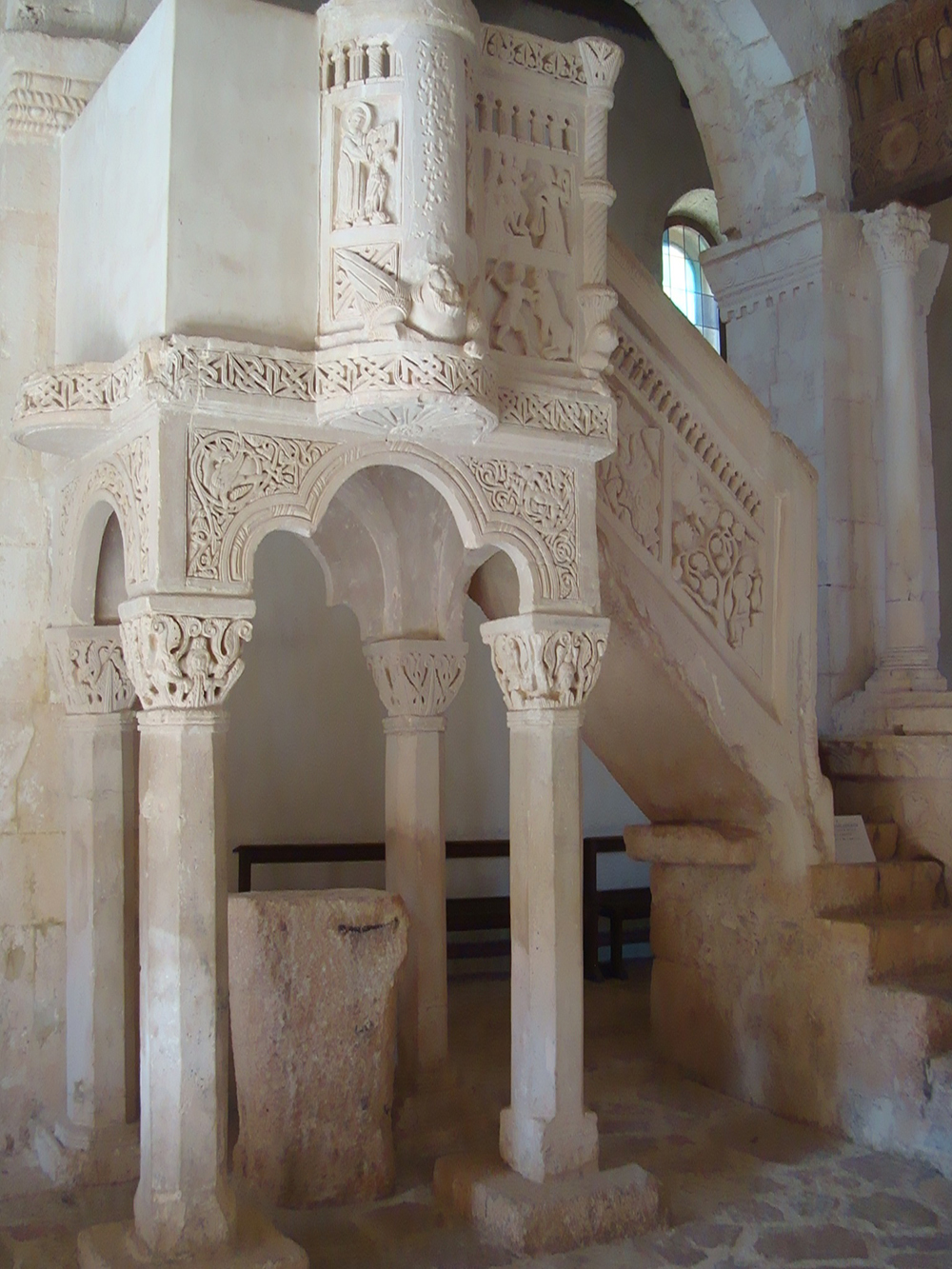If you want to escape Rome’s summer, Italy offers so much to holidaymakers: food and wine, art and architecture, high peaks and bosomy hills, but relatively few foreigners come to the central region of Abruzzo.

Obelisk square, Tagliacozzo, Abruzzo
Abruzzo has always been a place tourists just used to pass by, but it is now becoming a place that people want to visit.
There is something I love about Abruzzo. Historically, the Abruzzesi are known to be introvert, but this region is becoming more open thanks to superb landscape, excellent culinary traditions and remarkable monuments.
Take Tagliacozzo for instance. This nice small village has a wonderful tangle of medieval streets and castles. You might find a place of worship in every corner, as the 13th-century S. Francis’ Cloister with its breathtakingly beautiful frescos. There are so many wonderful places that it is hard to pick one, but my favourite is the fascinating Obelisk square, surrounded by beautiful buildings and arches.
The last time I was in Abruzzo, it was August.
The crowds were scarce and the rooms and restaurants were pleasantly cheap.

Frescos, S. Francis’ Cloister
My favourite place of worship in Abruzzo has to be the Benedictine Abbey Santa Maria in Valle Porclaneta, 5 miles away from Tagliacozzo. The origins of this church are uncertain. It is located on the lower slopes of the Velino Mountain in the nearby town called Rosciolo.
According to some historians, this church was erected during the Paleo Christianity period by martyrs who managed to escape persecution.

the Abbey Santa Maria in Valle Porclaneta
Others say the abbey was created by monks who escaped from the South, during the Iconoclast persecution.
The first official document goes back to 1048, when Berardo, the Count of Marsi, inherited the Abbey, the Rosciolo castle and other territories. The Count donated this heritage to the Benedictine Congregation, enabling Desiderio, the Abbot of Montecassino, to start restoring the church.

the Abbey Santa Maria in Valle Porclaneta
Unfortunately, after the Marsi’s decline, the church was damaged during the war between the German prince Conradin di Swabia and the French king Charles of Anjou.
In 1267-1268 Conradin, 16 years old, was able to put himself in charge of a powerful coalition of forces that seemed sufficient to dissolve the Guelf and the Papal supremacy in Italy and to chase the Anjou from the South. Conradin was too young to lead the army himself.
Charles d’Anjou was able to force Conradin into battle at Tagliacozzo on 23 August 1268. Defeated by the superior tactics of the Angevin, Conradin was captured and beheaded in Naples on 26 October 1268.

the Abbey Santa Maria in Valle Porclaneta
The rest of the complex disappeared in the wake of an event, which was at the heart of Italian and European medieval history: the crucial battle of Tagliacozzo. A battle which was also immortalized by Dante Alighieri in his masterpiece The Divine Comedy (“…E là da Tagliacozzo, dove sanz’arme vinse il vecchio Alardo”, Inferno, Canto XXVIII)
It’s not clear whether the destruction of the monastery annexed to the church was carried out by the soldiers of Conradin, who notoriously was the standard bearer of the faction opposing the Pope, or by the forces of the Anjou who, in their hot pursuit of the routed enemy soldiers up the hills from where they had descended, set alight the whole area, including the monastery.
After the battle, the Benedictines decided to leave the Monastery. As from 1300, Popes and kings, princes and bishops started contending for this church.

the Abbey Santa Maria in Valle Porclaneta
It was only in 1826 that Pope Gregory XVI donated the church to the Marsi’s Diocese.
In 2015 Religious and secular media were quick in reporting on the surprise visit that Benedict XVI and his brother, Msgr. Georg Ratzinger, made in early August to this tiny church that is a real art jewel etched in the mountains of the Marsica district.

Talia Theatre, Tagliacozzo
When you go back to Tagliacozzo, explore its religious heritage and its exceptional architecture. This village is also famous for the Talia Theater, for the Palazzo Ducale and for its summer International Film festival. Moreover, thanks to the abundance of traditional food in the town it is easy to satisfy your palate quickly and cheaply.
What has surprised me is the friendliness of the local people: there is a generosity of spirit here that you have to experience in order to believe.
About the author.
Alessandra Flora is responsible for communications with FRH. She has been professional journalist since 2005, with more than 12 years of experience both in the Public Administration and in the Private sector. She graduated from La Sapienza University in Rome. She lives in Brussels.
Pictures by A. Flora





Follow us: